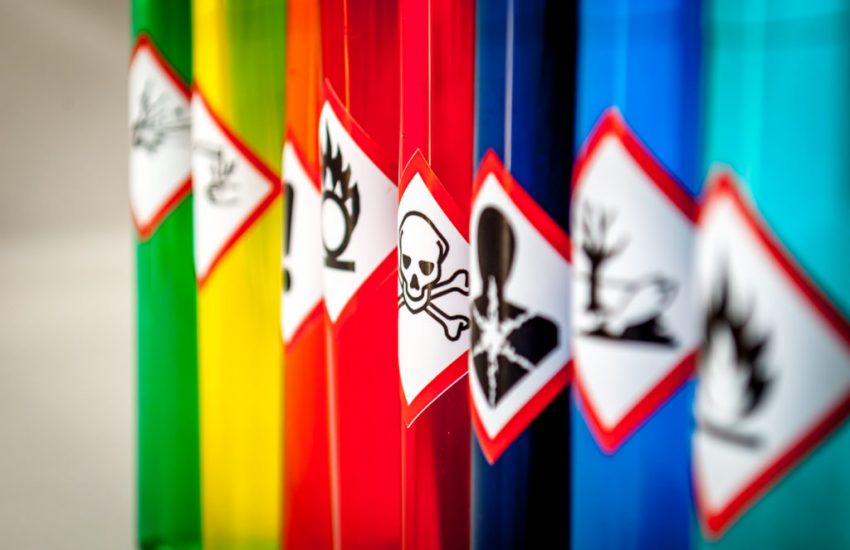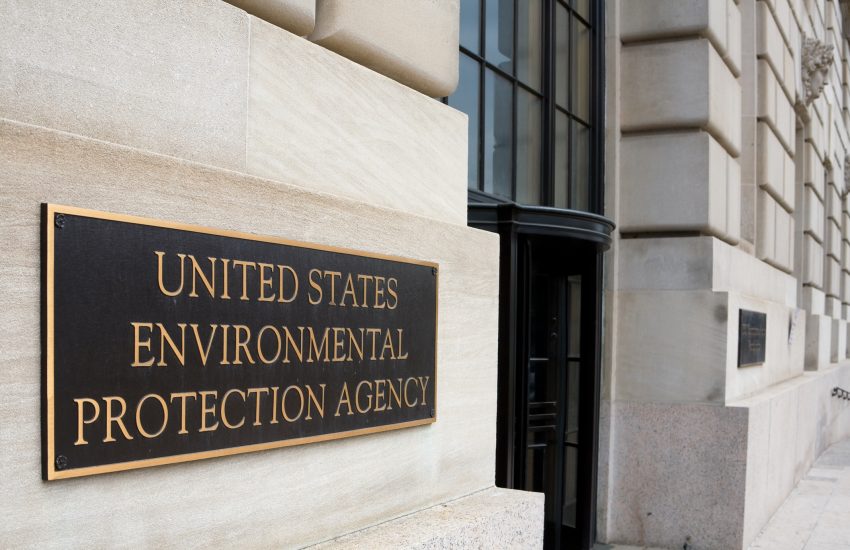In the fall of 2020, when New Yorkers saw photos and videos of orange skies over San Francisco caused by the Bay Area’s infamous fog, combined with heavy smoke from what seemed like non-stop wildfires raging throughout California, it looked like a dystopian movie landscape, or even another planet. Even more surreal, Californians in these vivid images were often wearing masks — not necessarily as protection against the smoky skies, but, rather, as protection from a global pandemic. With time, however, the memory of those …
Continue Reading









